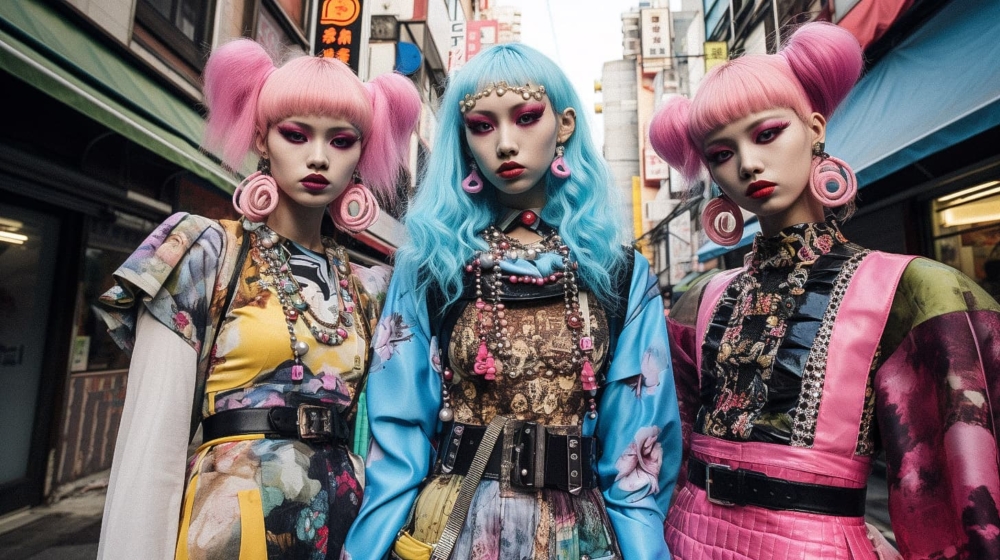Recently, a Japanese lolita brand, Baby The Stars Shine Bright, announced its participation in the upcoming Fall/Winter 2024 runway for New York Fashion Week. Many longtime fans were delighted by this news, considering this would be an opportunity to re-introduce Japanese fashion and street style, known as Harajuku Fashion, which has become increasingly popular in the West, due to the internet and the accessibility of pieces thanks to online shopping.
Harajuku fashion is an umbrella term describing the different fashion subcultures found within the Harajuku district located in Tokyo. Lolita, Decora, Mori Kei, and Gyaru are a few of many styles originating from this fashion epicentre. It is not unusual to spot flocks of young fashion aficionados covered head to toe in colourful accessories and eccentric garments, only to aimlessly wander around Takeshita Street. This is what makes Japanese fashion stand out, even today: its collective nature. In a society where conformity is heavily emphasized, those who do not fit the mould have a space where they can freely express themselves through clothing. Besides Baby The Stars Shine Bright, Harajuku is home to dozens of local brands, such as: NILE PERCH, Angelic Pretty, and 6%DOKIDOKI. However, it is a combination of burgeoning designers coupled with the wandering youth that create this fashionable ecosystem.
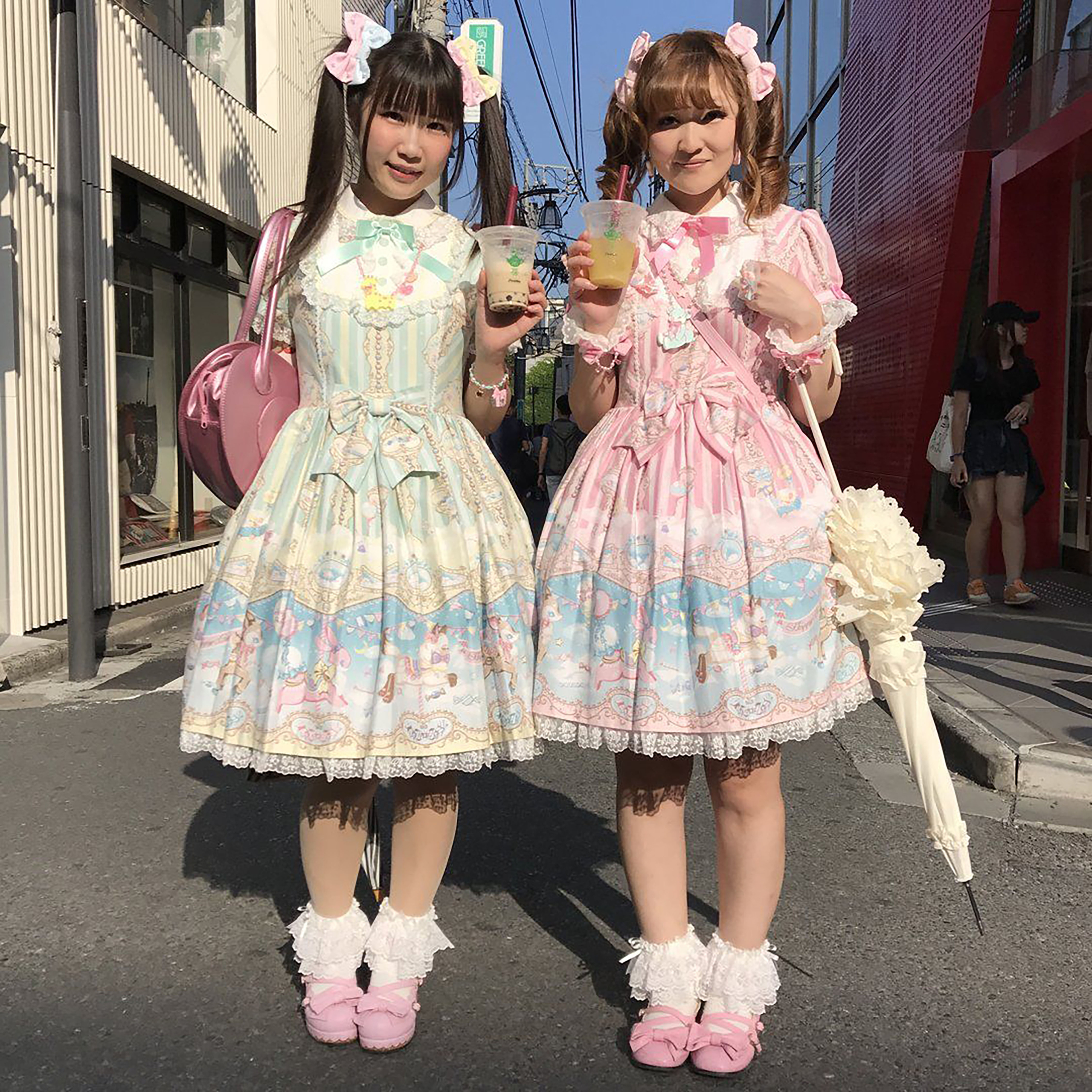
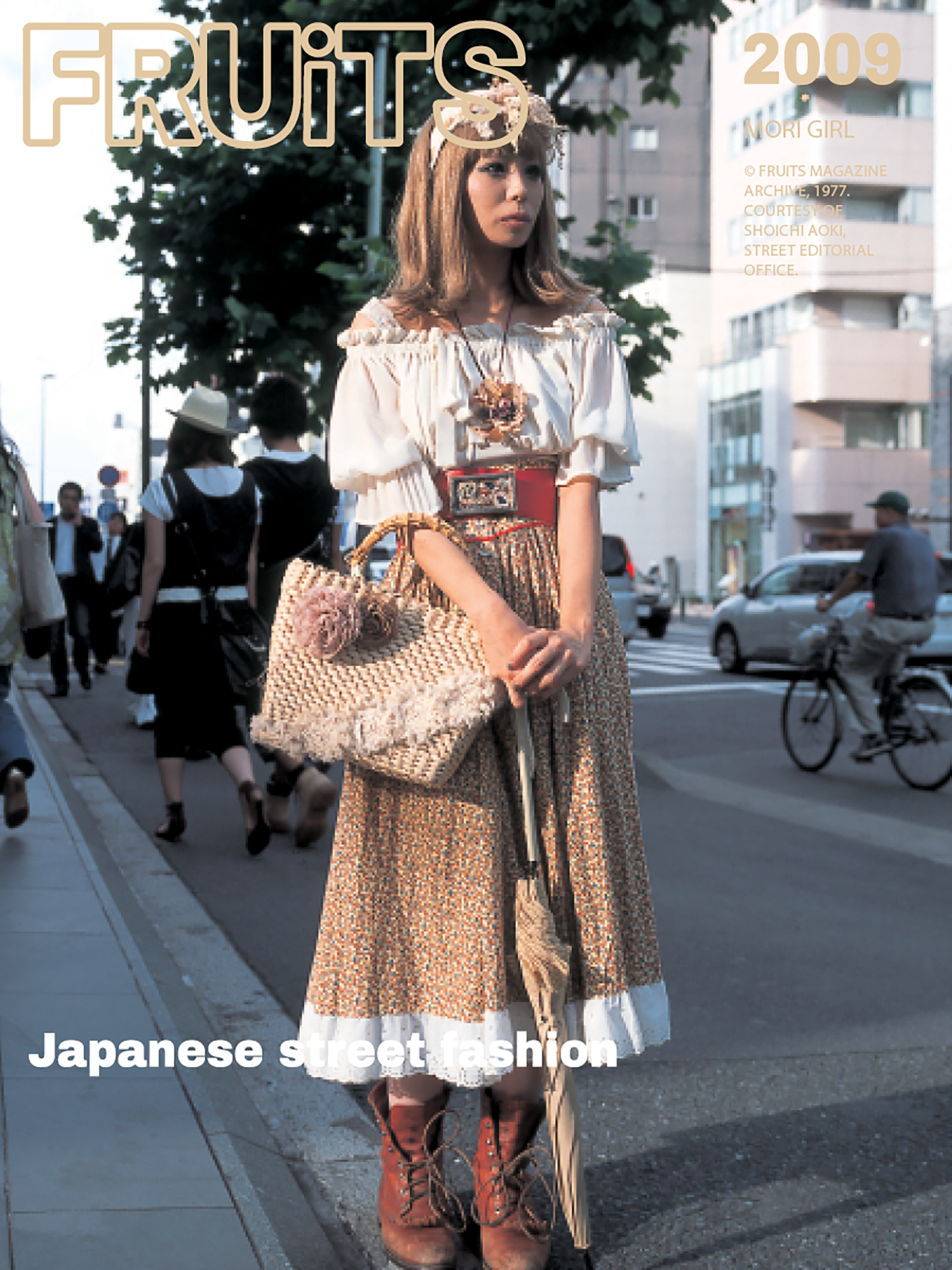
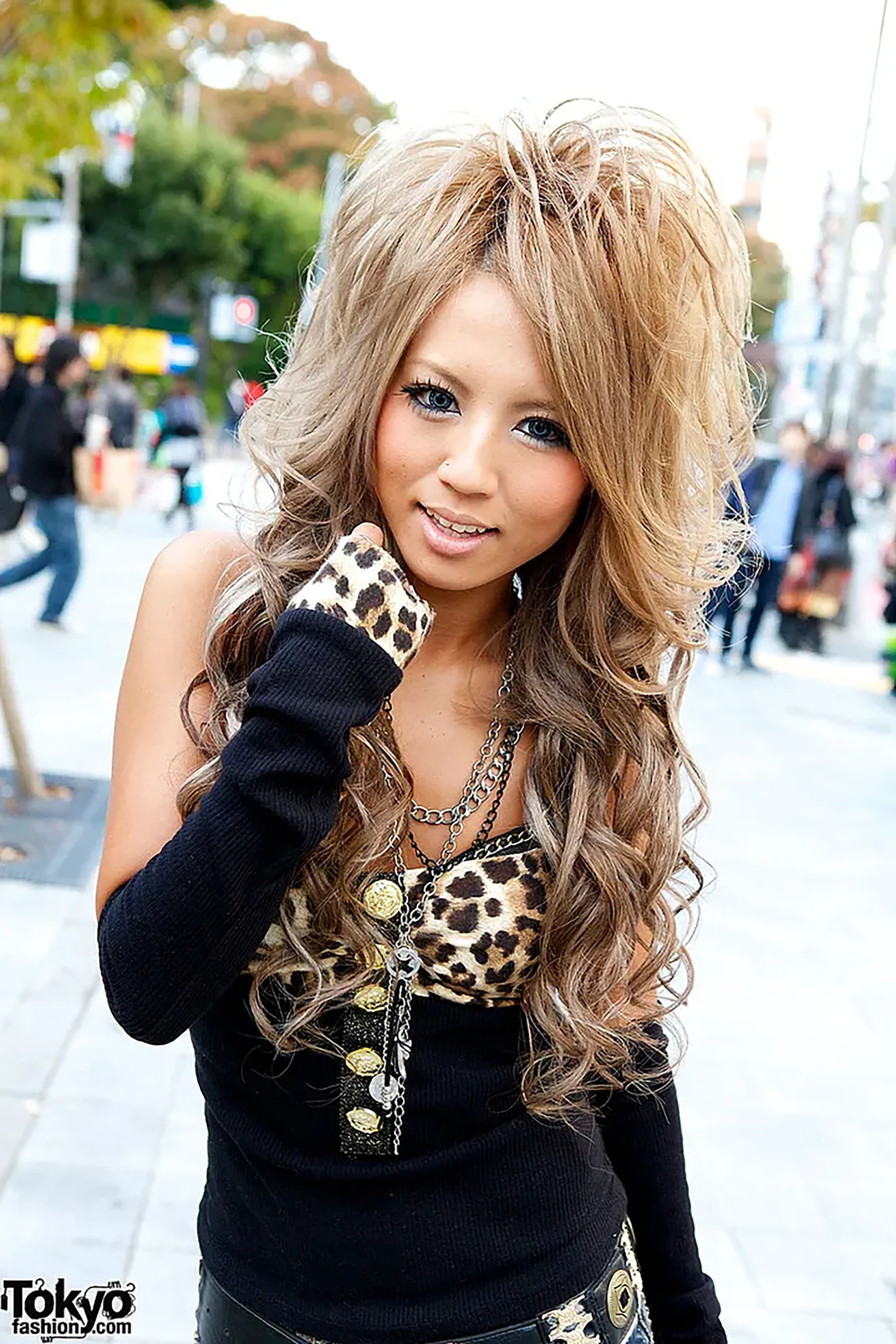
The communal aspect of Japanese fashion as well as its playfulness ended up attracting attention worldwide in the 2000s. FRUiTS, a fashion magazine run by photographer Aoki Shoichi from 1997 to 2017, as well as the internet made Harajuku Street Style more globally accessible. In the 2010s, Japan’s impact on fashion and youth culture in the West was undeniable. Not only were people wearing Japanese fashion, but they were also forming communities centred around the fashion itself. It was no longer simply clothing; it was a lifestyle, much like the Hippies in the 60s. Events centred around Harajuku subcultures such as tea parties and gatherings were hosted, allowing those with similar interests to come together in a space where they would be free of judgement. People worked long shifts and several part-time jobs in order to import the unique items needed to achieve their desired look. A lot of time was dedicated to curating the closet of their dreams. Forums and YouTube channels were created to discuss all things centering around Japanese fashion. Lovely Lor in particular is a YouTube influencer who mainly covers topics relating to lolita fashion.
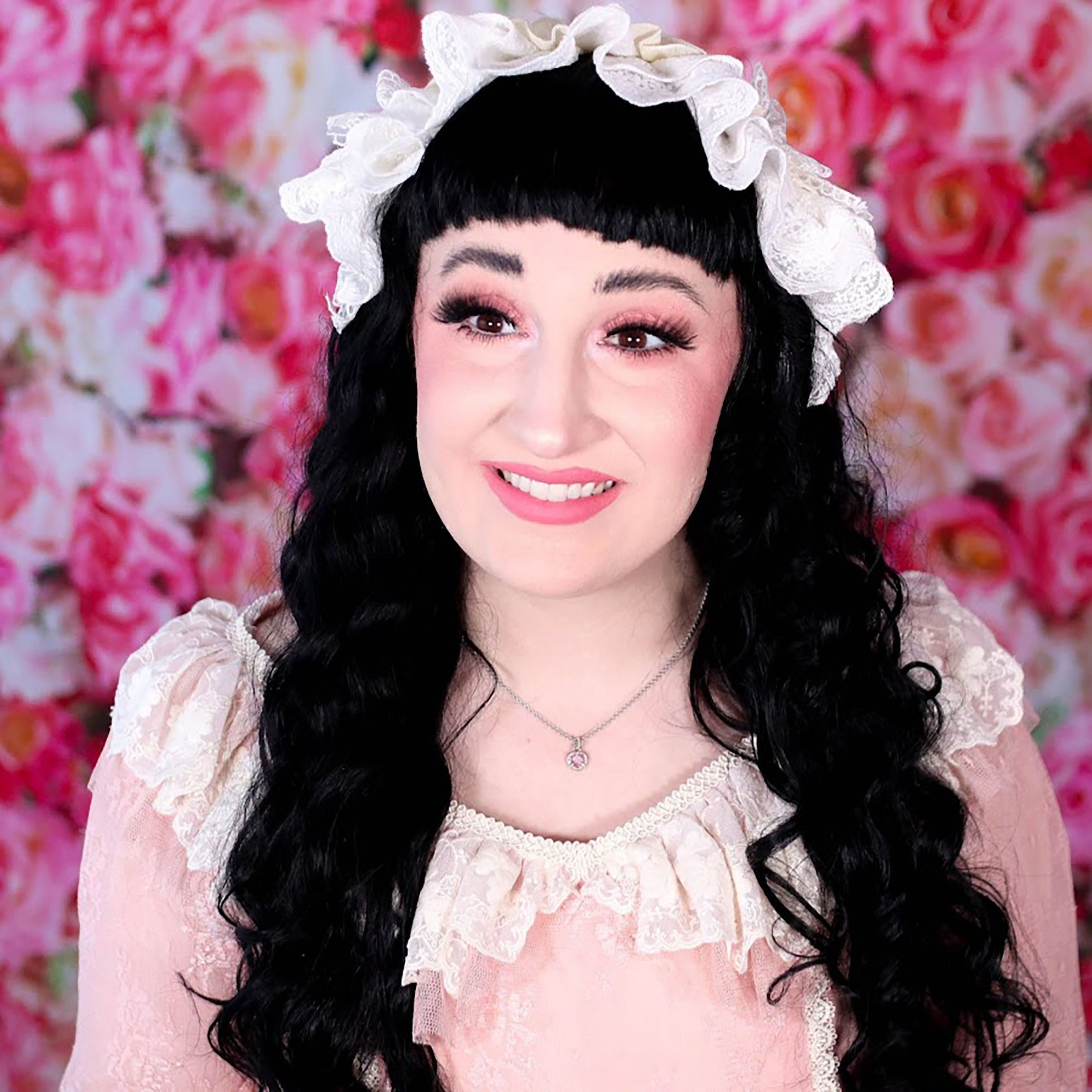
Sadly, interest began to die down in 2020 after Covid-19 hit and continued through the subsequent recession. It largely contributed to the ongoing recession. Importing Japanese fashion to America is expensive and necessitates a lot of resources, but in times of financial distress, the public tends to favour minimalism. As such, a lot of originators within the community moved on. Meetups became less frequent and activity on online forums felt stale. This caused many people to wonder if Japanese fashion in the West was officially dead… Wrong! This could not be further from the truth.
Whether stemming from nostalgia or a desire for escapism, people are beginning to pull out old pieces from their wardrobes, styling them to fit more current trends. TikTok has greatly helped aid in the revival of Japanese fashion in the West, introducing it to a whole new audience. These newbies breathe fresh air into the fashion. Baby The Stars Shine Bright will be one of the first local Harajuku brands to feature a new collection in New York Fashion Week. Could this be the sign that Japanese fashion is re-entering the mainstream?
 Anaïs-Aimée Rafaelsen is an artist and critic based in Toronto. Her work has been shown in exhibitions as well as featured in The Walrus. She is currently obtaining her BDes in Material Art and Design at OCAD University.
Anaïs-Aimée Rafaelsen is an artist and critic based in Toronto. Her work has been shown in exhibitions as well as featured in The Walrus. She is currently obtaining her BDes in Material Art and Design at OCAD University.

